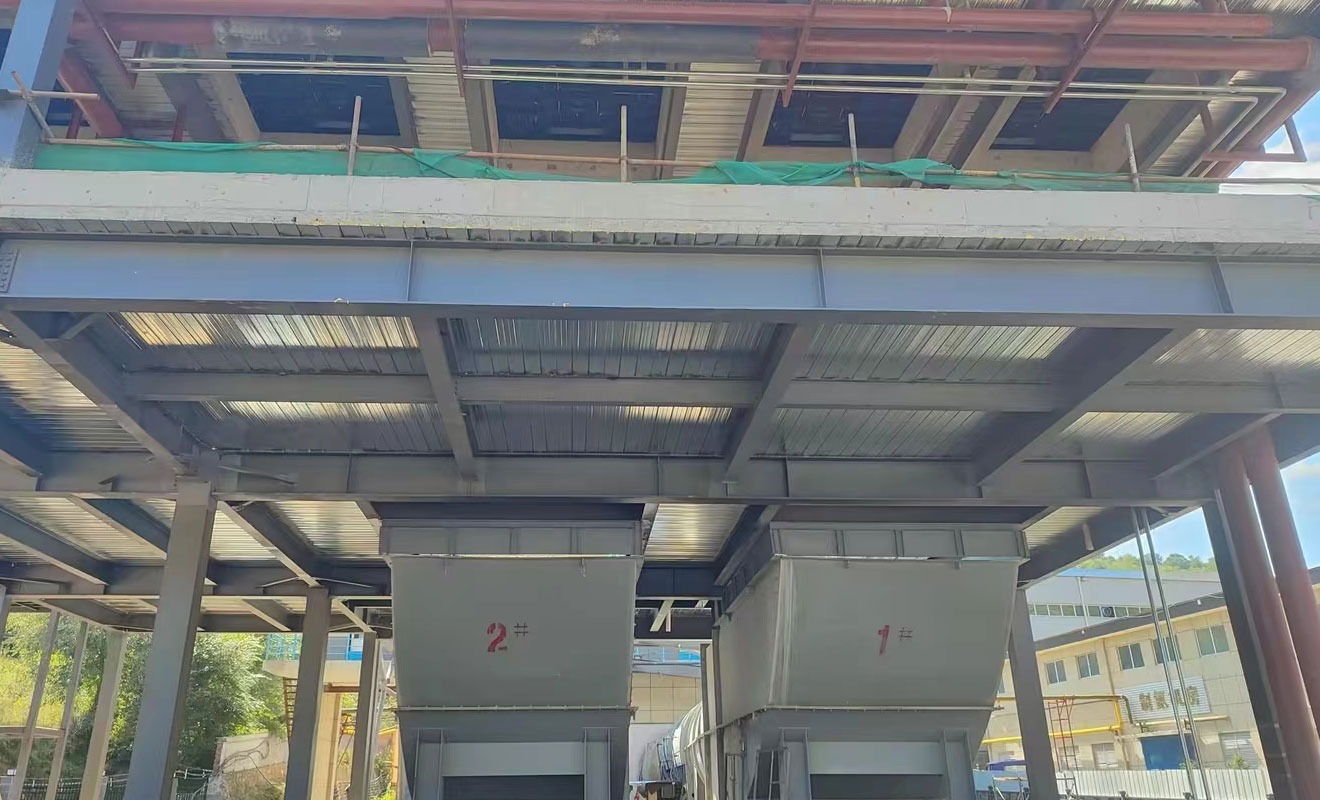In coal mine operation, air shortage (also called mine air shortage) refers to the air in the mine that is required by the ventilation system of the coal mine roadway, but not enough to maintain normal ventilation. Lack of wind is often considered a problem as it may lead to the accumulation of harmful gases, but through innovative engineering design, this problem can be transformed into sustainable resources.
Vertical air shaft is a key part used for ventilation in coal mines, usually located at the wellhead or underground. It is the main source of exhaust air, which is often considered a waste or problem as it cannot meet the ventilation needs. However, it is in this challenge that we can find valuable opportunities.
The exhaust air has the following characteristics:
Low temperature: Exhaust air usually has a relatively low temperature, making it a potential heat source for heating.
Large amount: Coal mines usually generate a large amount of exhaust air, which means it can provide considerable heat energy.
Continuous supply: The exhaust air is constantly generated, so it can provide continuous heating.

The design of a exhaust air heating system in a vertical shaft requires consideration of multiple factors, including the structure, geographical location, and energy requirements of the mine. The following are the general steps for designing this system:
Exhaust air collection: Design a system to collect exhaust air from the vertical air shaft. This can be done through air ducts and ventilation ducts to guide the exhaust air into the heating system.
Heat exchange: The collected exhaust air will transfer heat through a heat exchanger, heating it up to a temperature that can be used for heating. This can be achieved using a heat exchanger or other heat exchange equipment.
Distribution and storage: The heated exhaust air will be distributed to areas that require heating, such as miners' dormitories or work areas. In addition, it may be necessary to consider the storage of thermal energy to ensure that the heating system can cope with peak and low energy demands.
Monitoring and control: The heating system needs to have monitoring and control functions to ensure reasonable management of temperature and energy use. Automation systems can help optimize heating efficiency.
The exhaust heating system can be applied in multiple fields, including but not limited to:
Internal heating in coal mines: providing comfortable heating for miners' dormitories, offices, and work areas.
Mine wellhead antifreeze: The waste heat of exhaust air can be used to heat the wellhead and avoid safety accidents.
Bathing hot water: The exhaust heating system can provide hot water for the bathing system in the mining area, providing a comfortable bathing environment for employees in the mining area.
The design and application of a system using exhaust air for heating in a vertical ventilation shaft represent a model of sustainable and clean energy utilization. By converting exhaust air into useful thermal energy resources, we not only reduce resource waste, but also provide clean heating solutions. This innovative engineering design is expected to be widely applied in coal mines and mining communities, promoting the effective utilization of resources and the production of environmentally friendly energy.







Comment